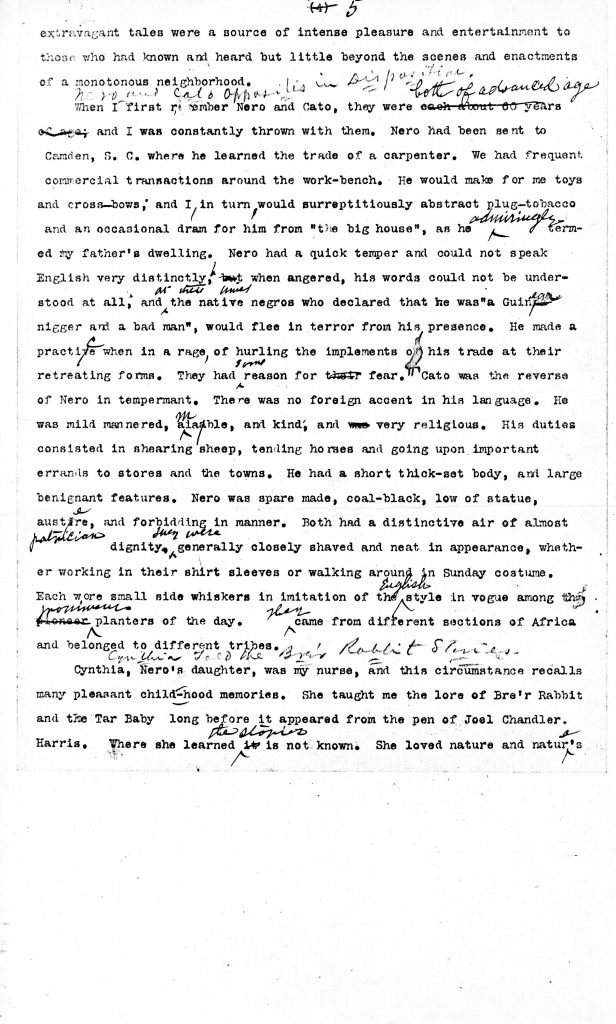In Fall 2019, Archives, Special Collections, & Community (ASCC) had the privilege of working with Dr. Rose Stremlau’s “HIS 306: Women and Gender in U.S. History to 1870” course. Over the course of a semester, students researched the history of women and gender in the greater Davidson, North Carolina area using materials in the Davidson College Archives and other local organizations. The following series of blog posts highlights aspects of their research process.
Michael is a history major at Davidson College who is taking a class entitled Women & Gender in US to 1870. He has taken an interest in slavery in the region especially with how enslaved women experienced the institution.
As much as we may want to deny it, the institution of slavery existed here at Davidson and the surrounding areas. North Carolina sided with the Confederacy in the Civil War, so it should not be the biggest surprise that slavery existed in the area. While the college itself did not own slaves, many plantations in the immediate area, as well as college presidents and trustees, owned slaves.
In digging through the archives here at Davidson College, I stumbled across a rather interesting document from the Brevard Plantation which was only a few miles from the college. A man named Franklin Brevard McDowell, a local plantation owner, wrote a biography of some of his slaves which was unique. After reading through his biographies, an enslaved woman named Cynthia stood out to me more than anyone else because McDowell referred to her as his ‘nurse’ when he was young. While we may understand ‘nurse’ as a caretaker, Cynthia was most likely McDowell’s wet nurse.

In a reading for our Women & Gender in US to 1870, we discussed how plantation owners exploited enslaved women for both their reproductive capabilities and their manual labor abilities.1 Wet nursing for historians proves difficult to find and identify because rarely plantations used the term ‘wet nurse’.2 Most of the time, ‘nurse’ referred to those who wet nursed. Since Davidson is in the South and was surrounded by many rather large plantations, it is conceivable that wet nursing occurred in the area. I only came across one instance of a ‘nurse,’ however, wet nursing could have been common in the Antebellum South. Since wet nursing was probably not the most talked about issue during the time period, we do not have much tangible proof of the institution. I stumbled across mine in a biography about a prominent slave owner in the region, but most historians see proof of wet nursing only in literate women’s diaries and letters.3
Bibliography:
West, Emily and Knigh, R.J.. “Mothers’ Milk: Slavery, Wet-Nursing, and Black and White Women in the Antebellum South.” The Journal of Southern History, (2017): 37-68.

Speak Your Mind